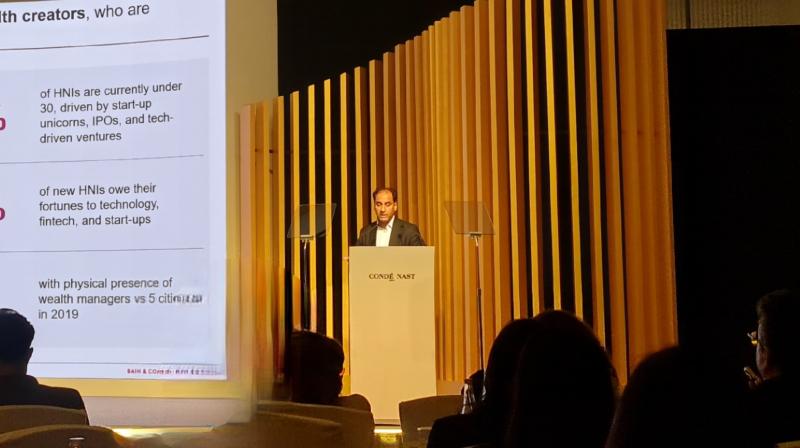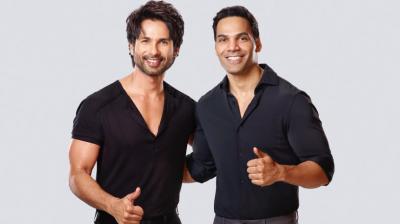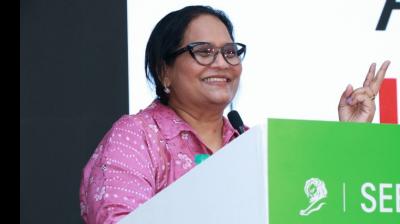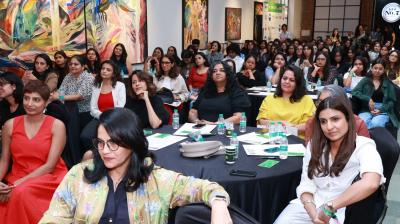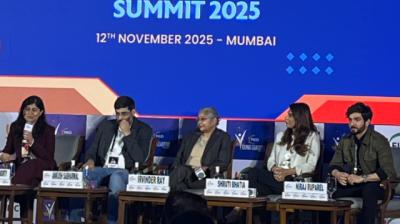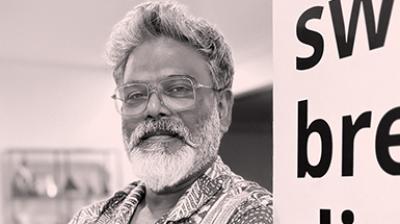In a talk held at Condé Nast's Luxury Conclave in Mumbai on 6 May 2025, Anurag Mathur, partner, Bain & Company, discussed the driving factors behind India's growth in the luxury market.
Mathur emphasised how the Indian luxury space is being driven by macroeconomic factors and demographic changes.
He voiced, “India is probably the most attractive consumer market in the world, fueled by very robust macros. The mix of these macros and changing social structures and demographics leads to a place where luxury consumption is extremely high. But a lot of the growth in this market is yet to be built. Aspiration needs to be created for the Indian consumer. Consumers have the money and they are spending, but are they spending on luxury? That’s a question one needs to ask.”
Mathur explained that Indian growth is broad-based and brands need to win not only in top metro cities but also in tier-two towns and beyond.
“Almost 70% of online shoppers come from tier-two cities. There is a 175% rise in credit-card transactions in tier-three cities, as compared to 27% in tier-one cities,” he shared.
He further mentioned that one in two households is expected to be in the high/upper middle-income bracket by 2030, with an average income of USD 40,000 per year.
“We are a fast-growing high-net-worth individuals (HNIs) population. One interesting thing is that the HNI population is very young. Almost 15% of HNIs are currently under 30, driven by start-up unicorns, IPOs, and tech-driven ventures. Also, a large chunk of them are coming from Tier-2 cities,” he noted.
As per the data shared by Mathur during the session, 70% of Tanishq stores are in mini-metros or outside metros, and 55% of Tata Cliq Luxury’s Gross Merchandise Value (GMV) is from non-metro markets.
Mathur shared a few unique trends that led to the evolution in attitudes towards global luxury and shaped luxury demand creation.
He asserted, “Gen Z is shaping luxury consumption. Weddings continue to dominate the spending market. Indians tend to spend 3-4x of what they spend in India, abroad on luxury.”
Estimated at a USD 25-30 billion market, the Indian luxury market is expected to grow at 15%. Mathur observed that experience is growing much faster than products, and 70% of Indians prioritise experiences over material possessions.
On a concluding note, Mathur highlighted the challenges that need to be addressed to achieve the full potential of luxury retail in India.
Stressing the fact that there is an underdeveloped supply and physical retail infrastructure, he said, “There are a few premium malls limited to select cities to open stores and minimal high street retail spaces to open luxury stores. There are far more innovative solutions possible with real estate. Talent continues to be a challenge. We continue to remain very bullish about this market. We believe that in the long term, we will deliver the promise.”

